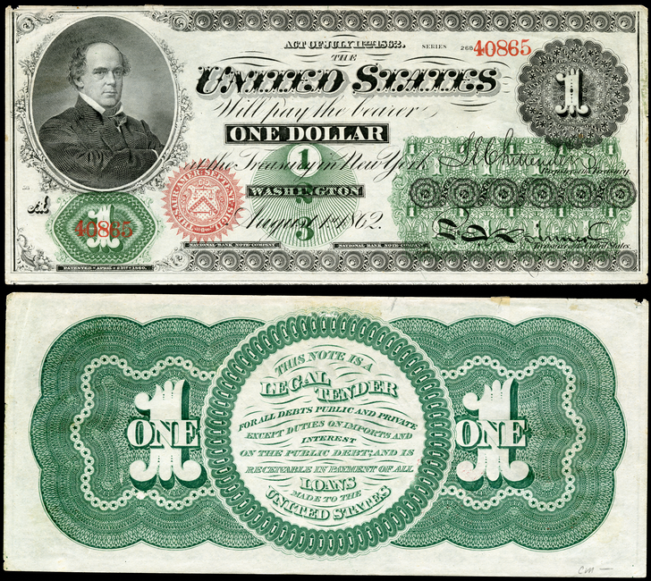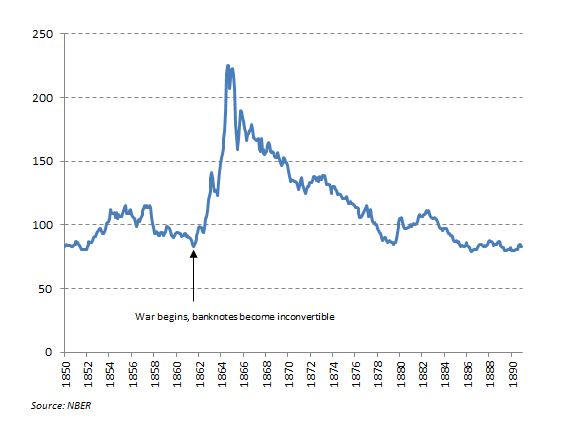How California stayed with gold when the rest of the U.S. adopted fiat money
We are ten years into the age of bitcoin. But people are still using national currencies like yen, dollars, and pounds to buy things. What does history have to say about switches from one type of monetary system to another? In this post I’ll dig for lessons from California’s successful resistance to a fiat standard that was imposed on it in the 1860s by the rest of the U.S.
Not long after the war American Civil War broke out in 1861, a run on New York banks forced most of the country’s banks to stop redeeming their banknotes with gold. A few months later Abraham Lincoln’s Union government began to issue inconvertible paper money in order to finance the war. These notes were popularly known as Greenbacks.

Thus the 19 states in the Union shifted from a commodity monetary standard onto a fiat monetary standard. But Californians, who had been using gold as a payments medium for the previous decade-and-a-half, chose not to cooperate and continued to keep accounts in terms of gold. As a result, California stayed on a gold standard while the rest of the Union grappled with fiat money.
This had very different repercussions for prices in each region. As the Union issued ever more greenbacks to finance the war, the perceived quality of these IOUs deteriorated. Through much of 1863 and 1864, their price fell relative to gold. Because prices in the Union were set in terms of greenbacks, consumer and wholesale prices rose rapidly.

…click on the above link to read the rest of the article…